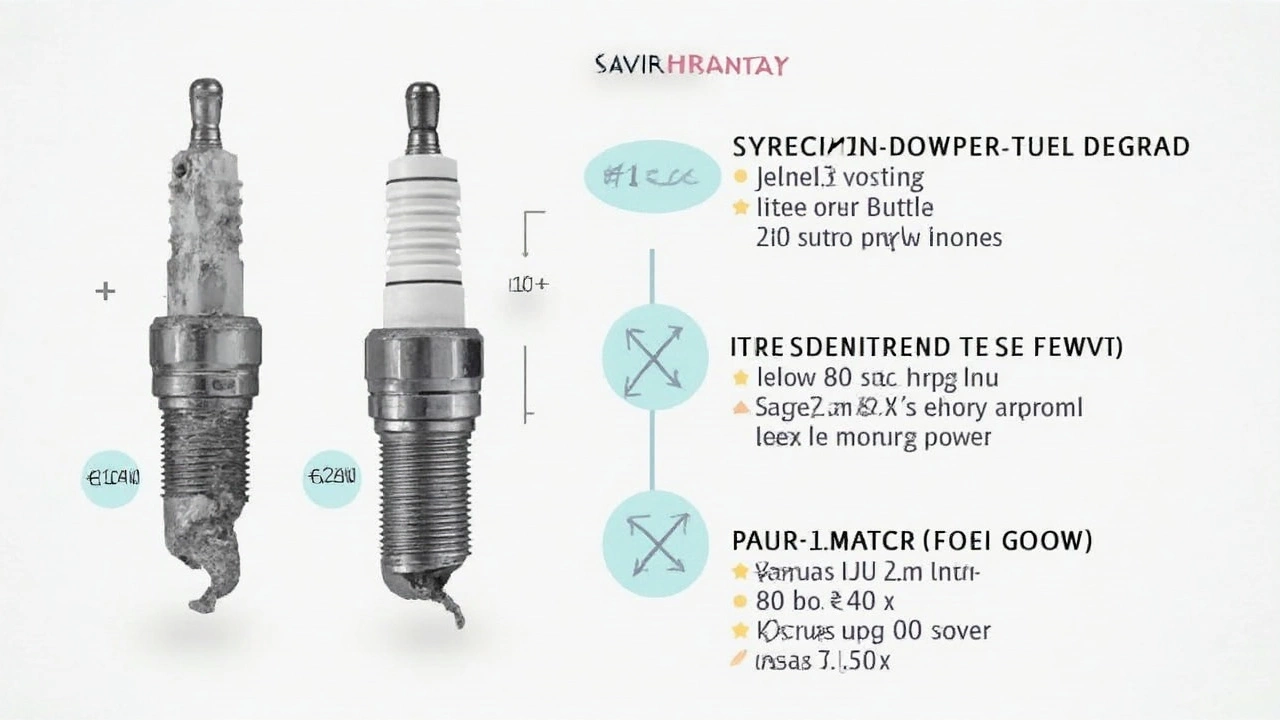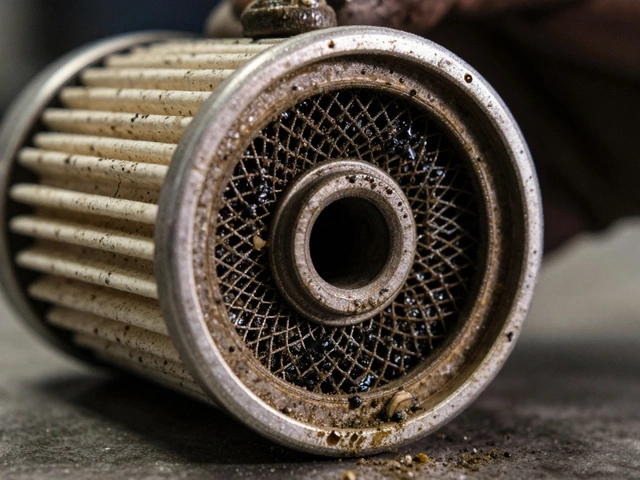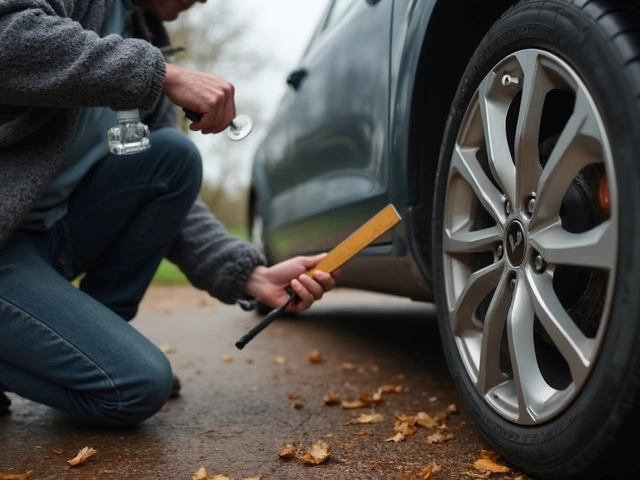Most folks change their spark plugs and hope their car suddenly feels new again. Sometimes, the improvement is obvious. Other times—you change them, drive around the block, and honestly can't tell the difference. So what's really going on?
Spark plugs are the match that gets your fuel burning. Without them, your car's engine is just an expensive metal paperweight. Each plug sends a tiny jolt of electricity, firing off at the exact right moment to ignite the fuel-air mix. But here's the catch: a weak or dirty plug won’t always stop you cold, but it can make your engine cough, misfire, burn more gas, or just feel sluggish.
- What Spark Plugs Actually Do
- Signs Your Spark Plugs Need Attention
- Can Better Spark Plugs Boost Your Engine?
- Tips for Keeping Plugs in Top Shape
What Spark Plugs Actually Do
Spark plugs may look simple, but the job they do inside your engine is pretty intense. When you turn the key, your car’s ignition system sends a high-voltage current to each spark plug at just the right time. The plug jumps that current across a small gap at its tip, making a spark. That little spark is what lights up the fuel and air mix inside the engine’s cylinder. No spark, no boom—no engine power.
There's a quick chain of events that happens:
- A mix of fuel and air gets pushed into the engine cylinder.
- The piston compresses that mix.
- At the perfect split-second, the spark plug pops a spark, lighting the mix and causing an explosion.
- This explosion pushes the piston down, turning that motion into power for your wheels.
So, spark plugs don’t just "help" your engine—they kickstart the whole show, every time you drive. If those sparks aren’t strong or timed right, your engine can lose power, run rough, or even refuse to start on a cold morning. In newer vehicles, most engines have one spark plug per cylinder, which means a four-cylinder car has four plugs, while a V8 truck has eight. Each one needs to be reliable.
Here’s a breakdown of how different types of spark plugs and materials handle the job, including their usual life spans:
| Type | Material | Typical Lifespan (miles) |
|---|---|---|
| Standard | Copper | 20,000 - 30,000 |
| Upgraded | Platinum/Iridium | 60,000 - 100,000 |
The spark plugs you choose matter because cheaper ones wear out faster and can mess with your car’s performance as they get old. Choosing quality plugs can mean fewer roadside hassles, fewer rough starts, and even better gas mileage when everything’s working right.
Signs Your Spark Plugs Need Attention
Your car usually tells you when spark plugs are going bad—even if it doesn’t come right out and say it. The big clue? Your engine just isn’t running like it used to, or you’re stopping for gas more often. Here’s what you should look for:
- Rough starts: If your engine cranks for a while or needs extra tries to start, the plugs might not be lighting the fuel right on time.
- Misfires or stumbling: Hear a sputtering noise or feel the car jerk while you’re driving? Old plugs can’t always keep a steady spark, which can cause these hiccups.
- Poor fuel efficiency: If you’re filling up more than usual but your driving hasn’t changed, tired spark plugs could be the reason. A weak spark means wasted fuel.
- Trouble accelerating: Hit the gas and feel a lack of power or sluggishness? Worn plugs make it hard for your engine to fire cleanly. Sometimes, you’ll even see your check engine light pop on.
Mechanics say most spark plugs last around 30,000 to 100,000 miles, depending on the type and your driving habits. If you haven’t changed yours in a while and notice these issues, it’s probably time. Keeping up with your spark plugs can honestly save you a chunk of cash at the pump—and avoid bigger repairs later on.

Can Better Spark Plugs Boost Your Engine?
This is the big question: swap in new or “performance” spark plugs and your engine’s going to roar, right? Well, it depends. If your old plugs are worn out or covered in deposits, switching to fresh ones can make your car run smoother and start easier. The difference is usually the most noticeable if the old plugs were causing misfires, rough idling, or hesitant acceleration.
But what about all those platinum, iridium, or double-tipped plugs you see in ads? They do have some perks. Iridium and platinum plugs last way longer than basic copper ones—sometimes up to 100,000 miles. So you won't have to swap them as often, which is a win for convenience. They also hold a sharper edge, so their spark stays strong over the years.
Don’t expect magic, though. Most modern cars are built with high-quality plugs already. Upgrading to the fanciest plug rarely adds raw horsepower or turns a commuter into a racecar. The biggest gains you'll see come in fuel efficiency and smoother starts, especially if you were driving around with junky old plugs before. What makes the real impact is sticking to your car’s maintenance schedule.
- If your plugs match the specs in your owner’s manual, and you replace them when needed, you’re set.
- Only upgrade to more expensive plugs if your engine needs them or you’re dealing with hard starts, knocking, or misfiring you can't solve otherwise.
- Some “performance” plugs might actually cause issues if they don’t fit your car’s ignition system. Always check compatibility first.
The short answer: yes, better plugs make your engine run better if your current ones are shot. Just don’t throw money at fancy brands expecting miracles—stick with what your engine was designed for, and you’ll see the best results in engine performance and reliability.
Tips for Keeping Plugs in Top Shape
Taking care of your spark plugs isn’t rocket science, but skipping regular checks can cost you fuel money and lead to annoying engine issues. Here’s how you keep them working like they should:
- Stick to the schedule. Most cars want fresh plugs every 30,000 to 100,000 miles, depending on the type. Check your owner’s manual or look up your car online to see what’s right for your engine.
- Go for quality, not something cheap from the bottom shelf. Good plugs last longer and stand up better to heat, especially if you’re driving in traffic all the time or have an older engine.
- Check the gap. Each plug needs to have its electrodes spaced just right for your car. Too wide or too narrow, and you lose power or waste gas. Most replacement plugs come pre-gapped, but double-check with a gapping tool—takes two seconds and it’s worth it.
- Don’t ignore rough idles or hard starts. Weird knocking sounds, trouble firing up, and rough idles are classic clues your plugs might be dirty or worn out. Don’t shrug them off, thinking "it’ll go away"—that never works.
- Keep wires and coil packs in mind. Sometimes the plugs themselves are fine but the wires or ignition coils are acting up. Swapping out everything together can save headaches down the road, especially if you’re already under the hood.
If you drive through dusty, rainy, or harsh weather, check your plugs at least once a year. Wipe them off if you see grime or oil, but if they’re crusty, black, or have damaged tips, don’t bother cleaning—just swap them. Fresh plugs keep your ride smoother, mileage better, and can help you avoid being the person stranded in a parking lot with a dead battery—or worse.






